Notion: The Fashionable Effectivity Chronograph Movement
Extreme-end chronograph actions of instantly are prone to have in frequent a vertical clutch and column wheel. Such “effectivity” chronographs are often moreover automated, and just about every high-end watchmaker, from Audemars Piguet to Vacheron Constantin, has its private sort out the stylish “effectivity” chronograph. The chronograph movement as everyone knows it instantly is unquestionably a fairly newest invention.
No matter being frequent in instantly’s chronograph constructions, the vertical coupling, or at least its concept, is decades-old. The Pierce cal. 130/134 launched inside the Thirties is considered the first commercially obtainable wristwatch with a vertical clutch. There are examples of even older stopwatches that relied on crude forms of the vertical clutch, nonetheless most have been each prototypes or small-batch manufacturing.
Nonetheless the large-scale use of the vertical clutch solely started inside the late Nineteen Sixties, when Seiko debuted the cal. 6139. Launched in 1969, the Seiko cal. 6139 was a vertical clutch movement produced on an industrial scale.
Not solely was it among the many many first-ever automated chronographs, nonetheless the cal. 6139 moreover was objectively basically probably the most superior amongst them. As compared with the modular constructing of the Breitling-Heuer Chronomatic Caliber 11 and the gorgeous classical construction of the Zenith El Primero, the Seiko cal. 6139 was endowed with a vertical clutch and a novel constructing all through. It was, nonetheless, an industrial, no-frills movement at coronary coronary heart.
The one which started all of it – the cal. 1185
Arguably the quintessential fashionable automated chronograph movement, of the type we uncover in high-end watches instantly, is the Frédéric Piguet cal. 1185 launched in 1988. It featured an revolutionary constructing that blended the reliable vertical clutch with the distinguished column wheel, all contained in a notably compact package deal deal. Furthermore, it could very effectively be merely customised to carry a rattrapante module or flyback function.
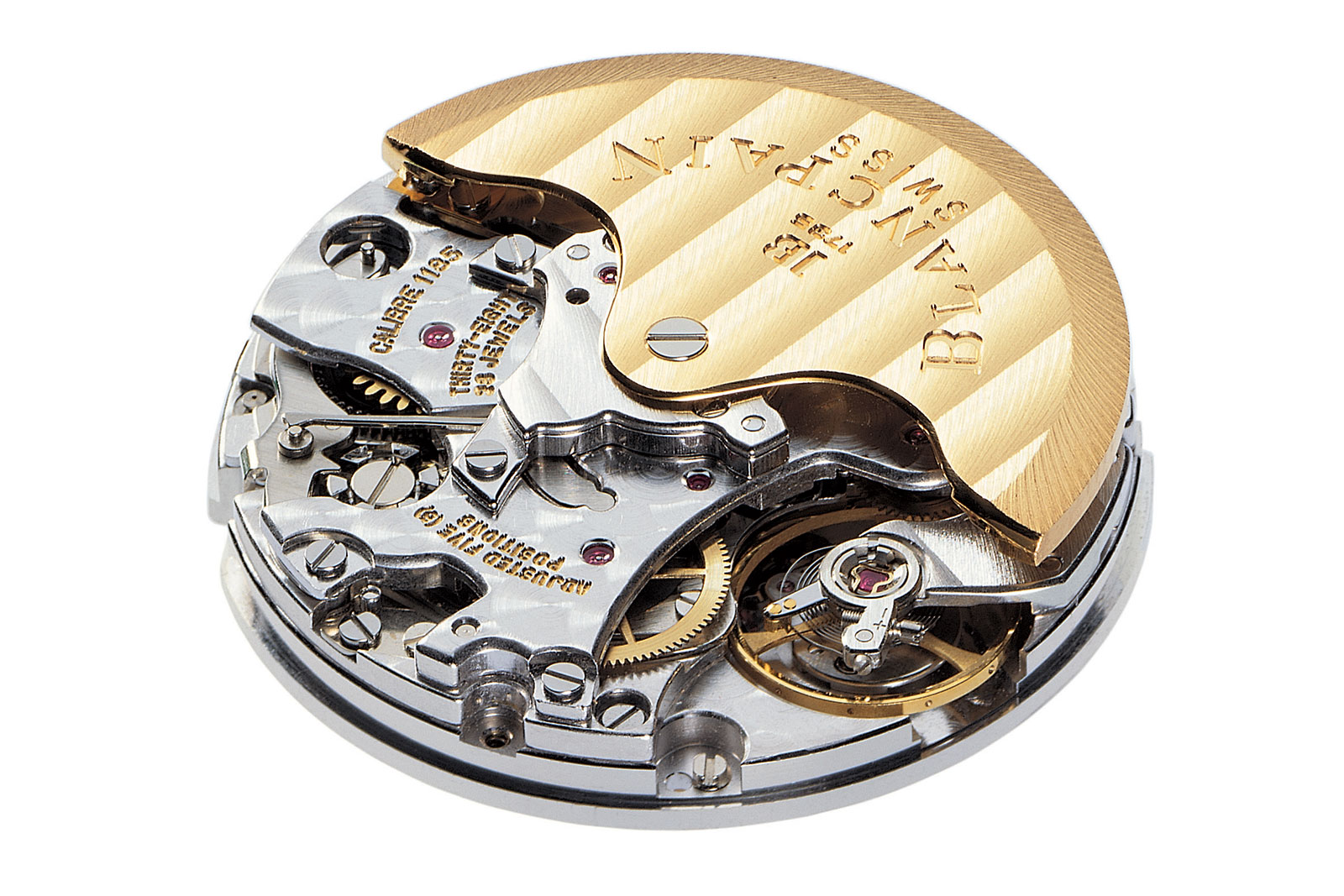
At merely 5.55 mm in peak, the cal. 1185 was for a really very long time the thinnest automated chronograph movement accessible available on the market.
This made the cal. 1185 a high-grade calibre, notably in distinction with the workhorse of the interval, the Valjoux 7750, which was considered an impressively reliable, albeit thick, movement with out rather a lot refinement. Due to this, the cal. 1185 shortly grew to turn into the default different of chronograph movement for lots of high-end watch producers, most notably Frédéric Piguet’s sister mannequin Blancpain, however moreover Audemars Piguet, Breguet, Vacheron Constantin, and Cartier amongst others.
Apparently, Edmond Capt, who’s extensively credited because the daddy of the Valjoux 7750, was in reality the technical director of Frédéric Piguet by the years of the cal. 1185’s enchancment, nonetheless it isn’t recognized how energetic he was in its creation.
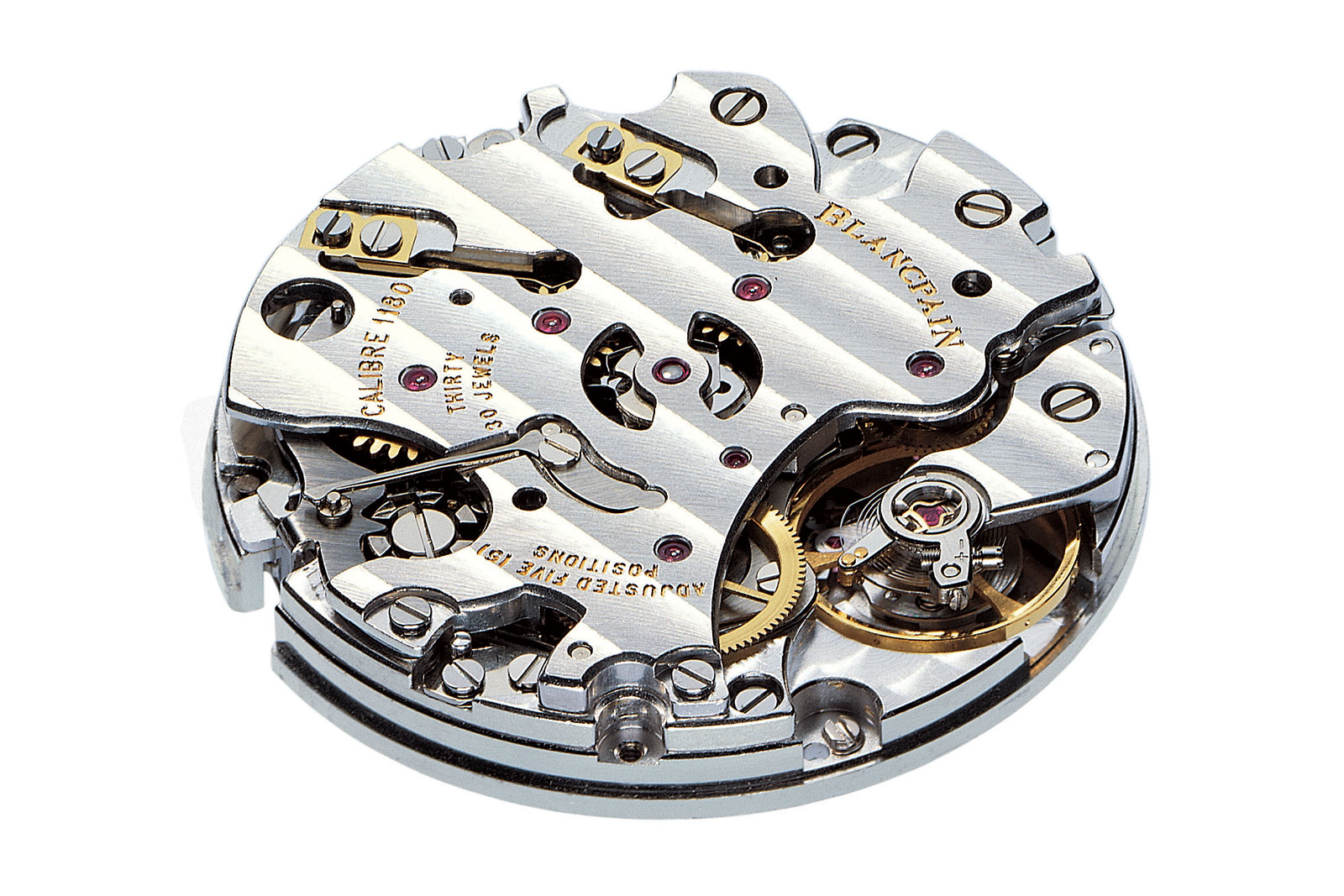
The manual-wind mannequin of the cal. 1185 was generally called the cal. 1180
The cal. 1185 shows some fascinating constructing choices, from the three-quarter-like larger plate that conceals practically numerous the chronograph works, to the one-piece triple reset hammer. The one seen part of the chronograph system is the small column wheel, positioned faraway from the movement’s centre.
The chronograph seconds, minutes, and hours wheels are all collinear and are reset to zero by an prolonged, three-headed hammer. The vertical clutch is of fairly uncommon constructing, with the central seconds cell driving the other indications. The entire levers and is derived are flat and intentionally unfold out in depth considerably than layered, a key concern behind the movement’s thinness.
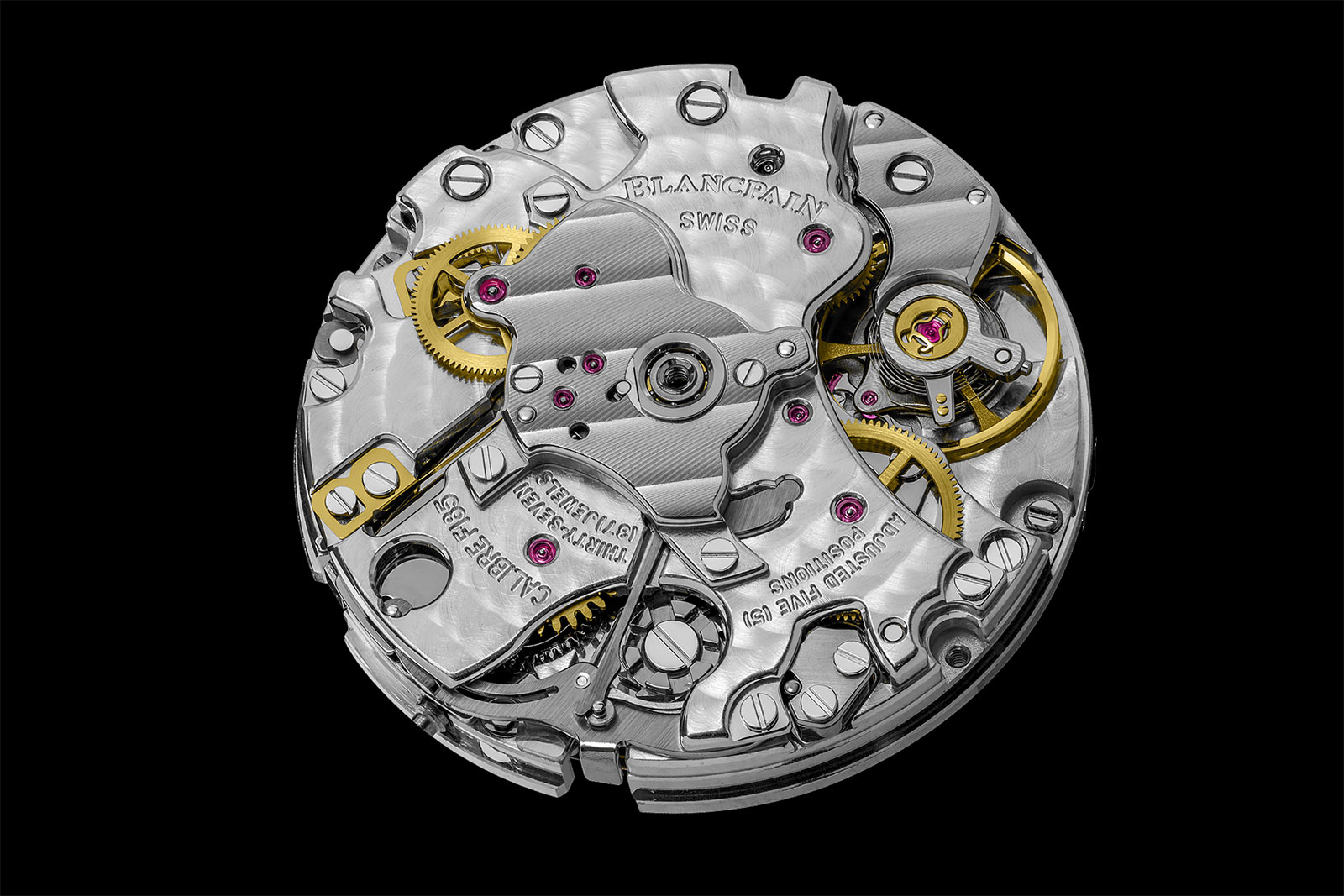
The cal. 1185 with out its rotor
Over time many producers shifted in path of in-house chronograph actions, nonetheless the have an effect on of the cal. 1185 stays seen in these very in-house actions from the likes of Blancpain, naturally, however moreover Jaeger-LeCoultre, Omega, and Cartier.
The in-house Blancpain F385 is, in a wider sense, an evolution of the cal. 1185.
Equally, the Jaeger-LeCoultre cal. 751 is principally a carefully reworked cal. 1185 constructing. Amongst totally different points, it was endowed with a second mainspring barrel and an updated automated winding system, nonetheless it nonetheless has recognisable components of the cal. 1185 format, along with the column wheel place.
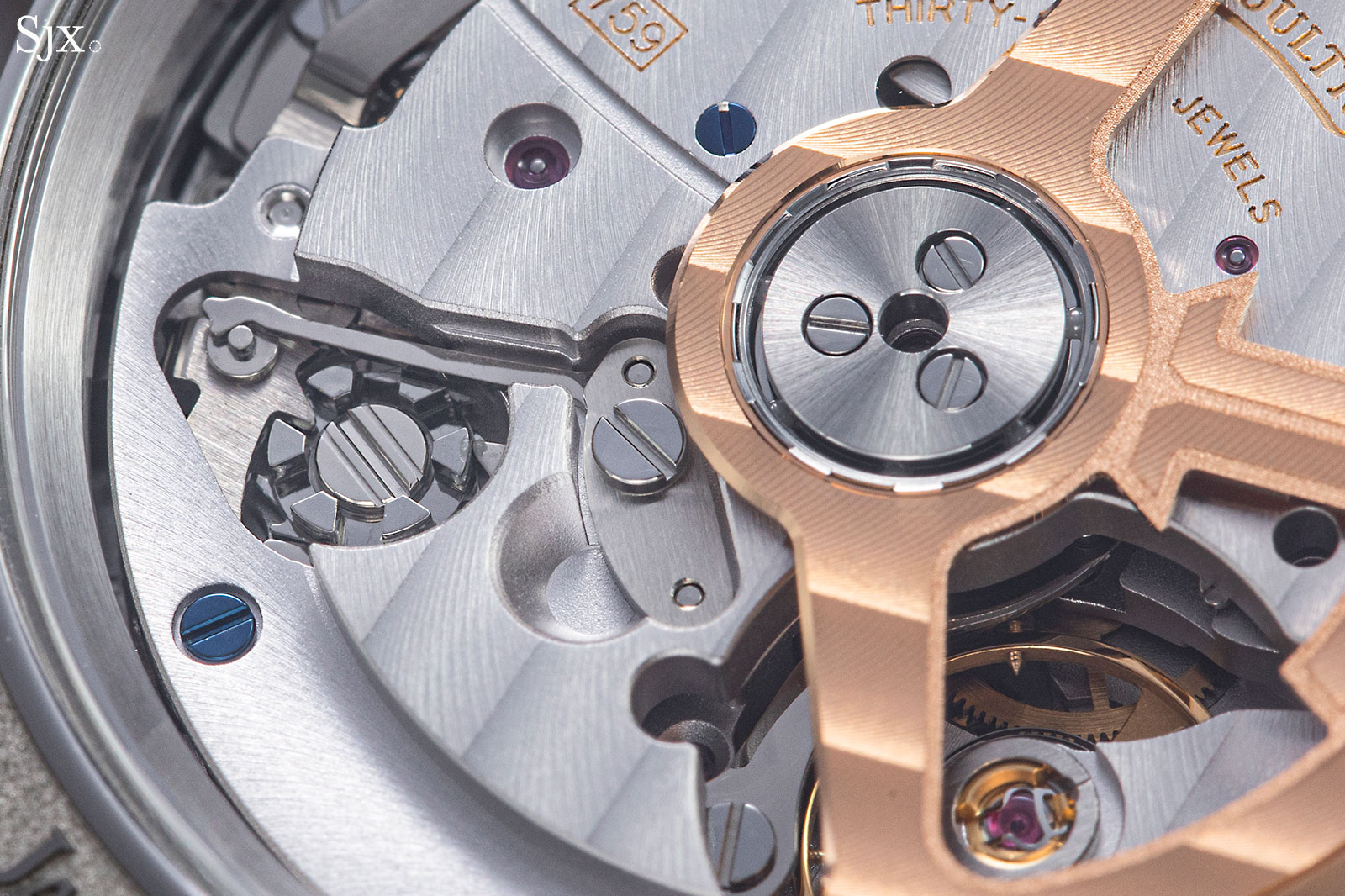
The acquainted column wheel place inside the Jaeger-LeCoultre cal. 751
The “effectivity chronograph”
The implementation of the vertical clutch, along with totally different developments in component manufacturing and provides science, has given begin to what’s biggest described as a “effectivity chronograph”, mainly an advanced movement designed to maximise the chronograph function.
The event roughly started with the introduction of the first in-house Rolex chronograph movement in 2000, the cal. 4130 that made its debut inside the Daytona ref. 116520.
The all-new Daytona then boasted a sturdy, refined new movement that was marketed as reliable and precise, one which paralleled the standing of the Daytona as a watch synonymous with the perfect echelons of motorsport.
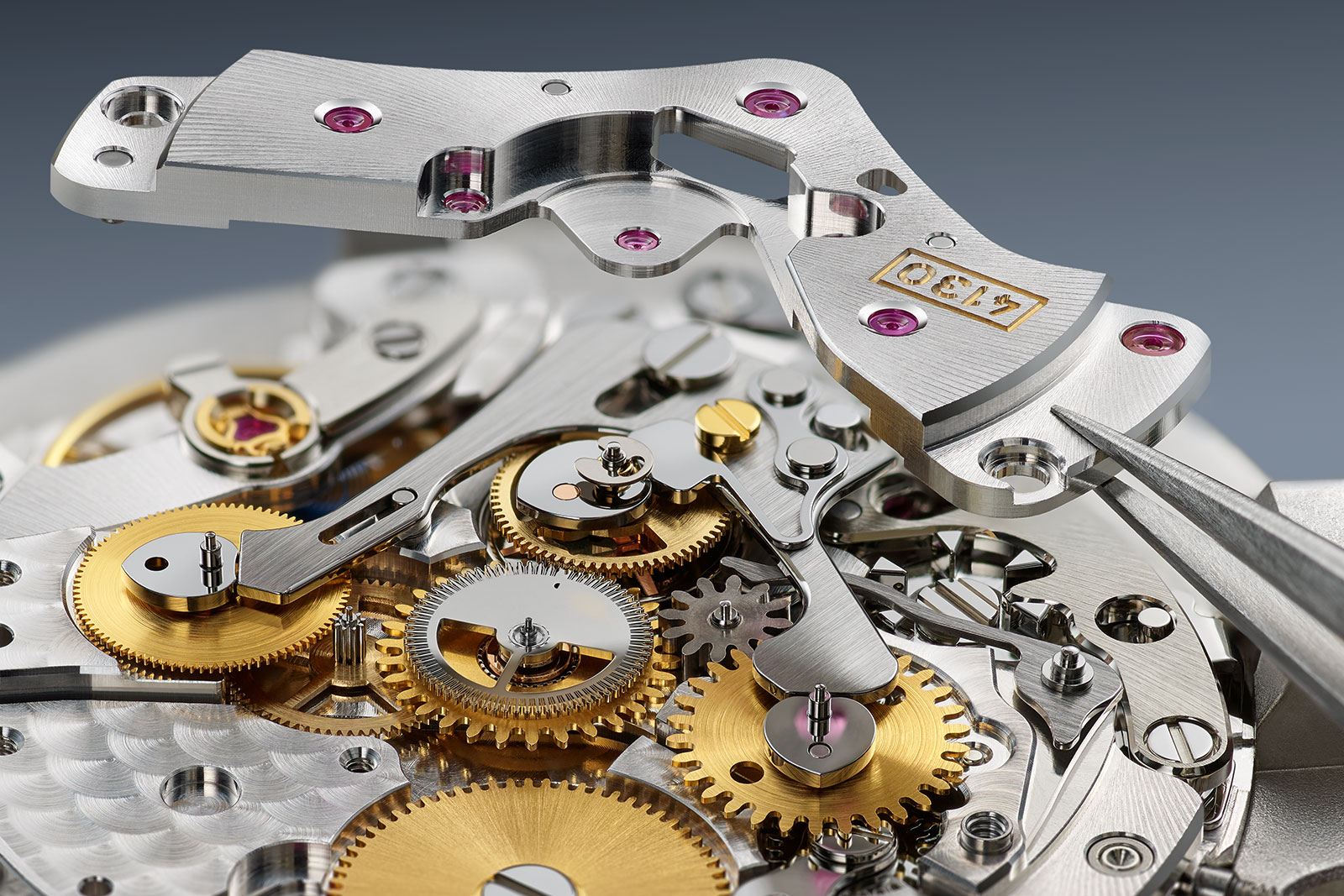
The chronograph works inside the Rolex cal. 4130
Completely different producers rapidly adopted go effectively with with their very personal “effectivity chronograph” actions, typically due to former Rolex engineers changing into a member of various firms. These included the very reliable Breitling B01 of 2009 and the superior Omega cal. 9300 (now 9900) in 2011.
Even extreme horology producers started utilizing the vertical clutch of their sports activities actions decisions, as an illustration Patek Philippe with its CH 28-520 that debuted with the ref. 5960P in 2006, or the newer Audemars Piguet cal. 4400.

The Audemars Piguet cal. 4400 with one clutch pincer is seen subsequent to the stability bridge
Further refinements
Considered one of many advantages of the vertical clutch is the low cost of “stutter”, a wavering or leaping central seconds when starting the chronograph. Nonetheless, the vertical clutch cell itself might be matter to a shortage of regular rigidity from the gear put together, which could induce stutter.
The venerable cal. 1185, as an illustration, has the centrally-mounted vertical clutch pushed by the going put together by the use of an intermediate pinion. As a result of the clutch assembly is beneath no rigidity, there are two elements of inevitable gear play.
One degree sits between the going put together’s seconds wheel and the intermediate pinion, whereas the second degree of play is between the intermediate pinion and the vertical clutch. Which implies that such a constructing can endure from angular gear backlash, leading to phantom hand stutter.
This problem was solved in newer effectivity chronographs by using gears manufactured by the use of the LIGA lithography methodology that allows the gears to incorporate tooth with shallow elastic toothing. The sprung tooth develop barely in opposition to the secure tooth of a conventional gear, guaranteeing the meshing is as tight as potential. This doesn’t allow for any backlash, practically eliminating play or stutter.
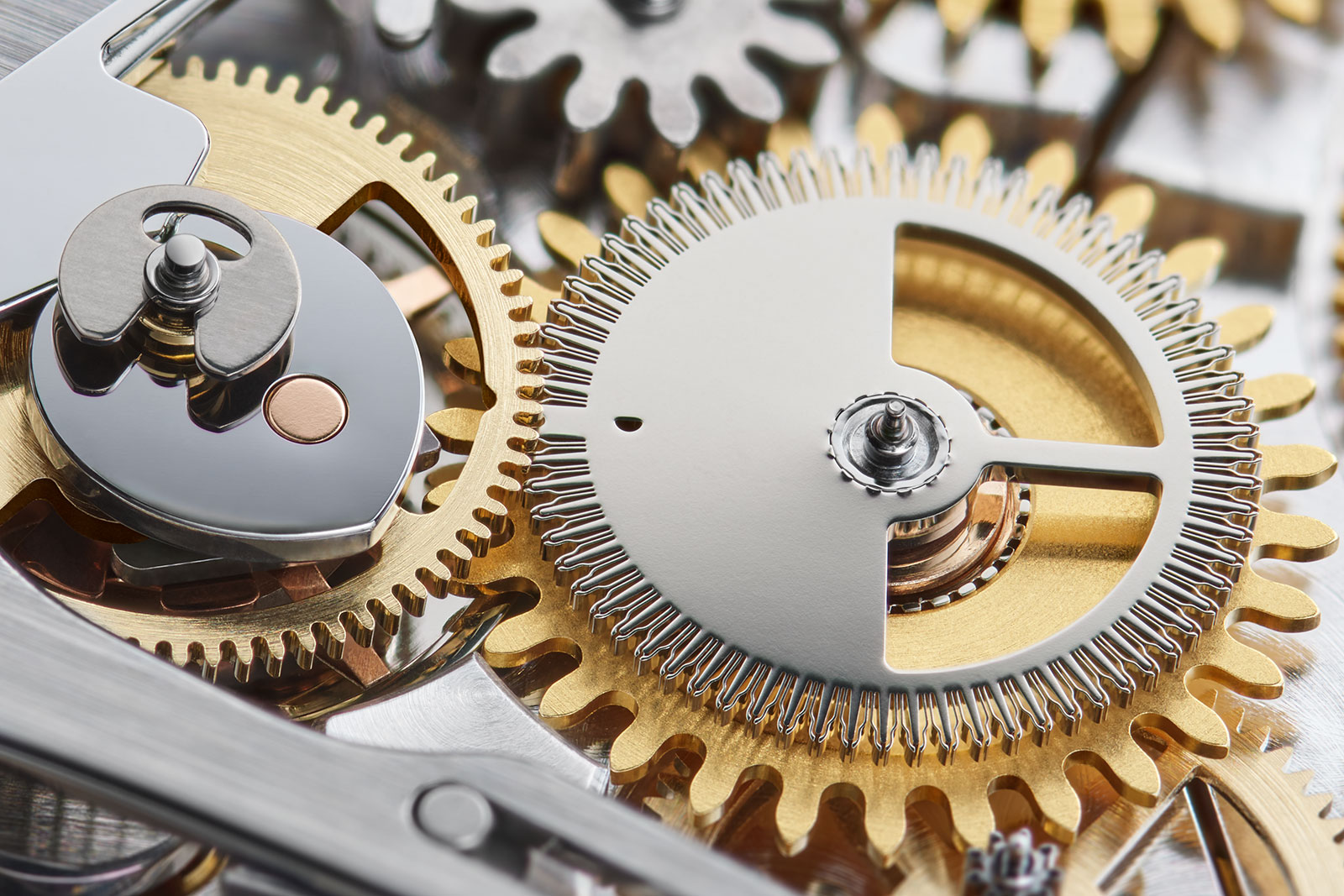
A LIGA gear inside the Rolex cal. 4130
The newer iterations of the Rolex cal. 4130 perform two such specialised LIGA gears. One is the large wheel with sprung tooth that hyperlinks the vertical clutch to the central chronograph seconds hand.
And the second is a LIGA pinion with elastic toothing that sits co-axial with the going put together seconds wheel, and is geared to the lower portion of the vertical clutch. The going put together tensions the vertical clutch and the central seconds wheel is tensioned relative to the clutch.
Rolex moreover notes the elastic toothing in these gears acts as a torque damper to protect the wheel’s integrity. The mannequin argues in its European patent EP2112567A1 that the sudden acceleration impressed on the seconds wheel when the chronograph is reset can harm a conventional toothing. Thus the elastic tooth which will take up and disperse quite a lot of the sudden change in torque. That’s an fascinating notion, which is barely not typically talked about.
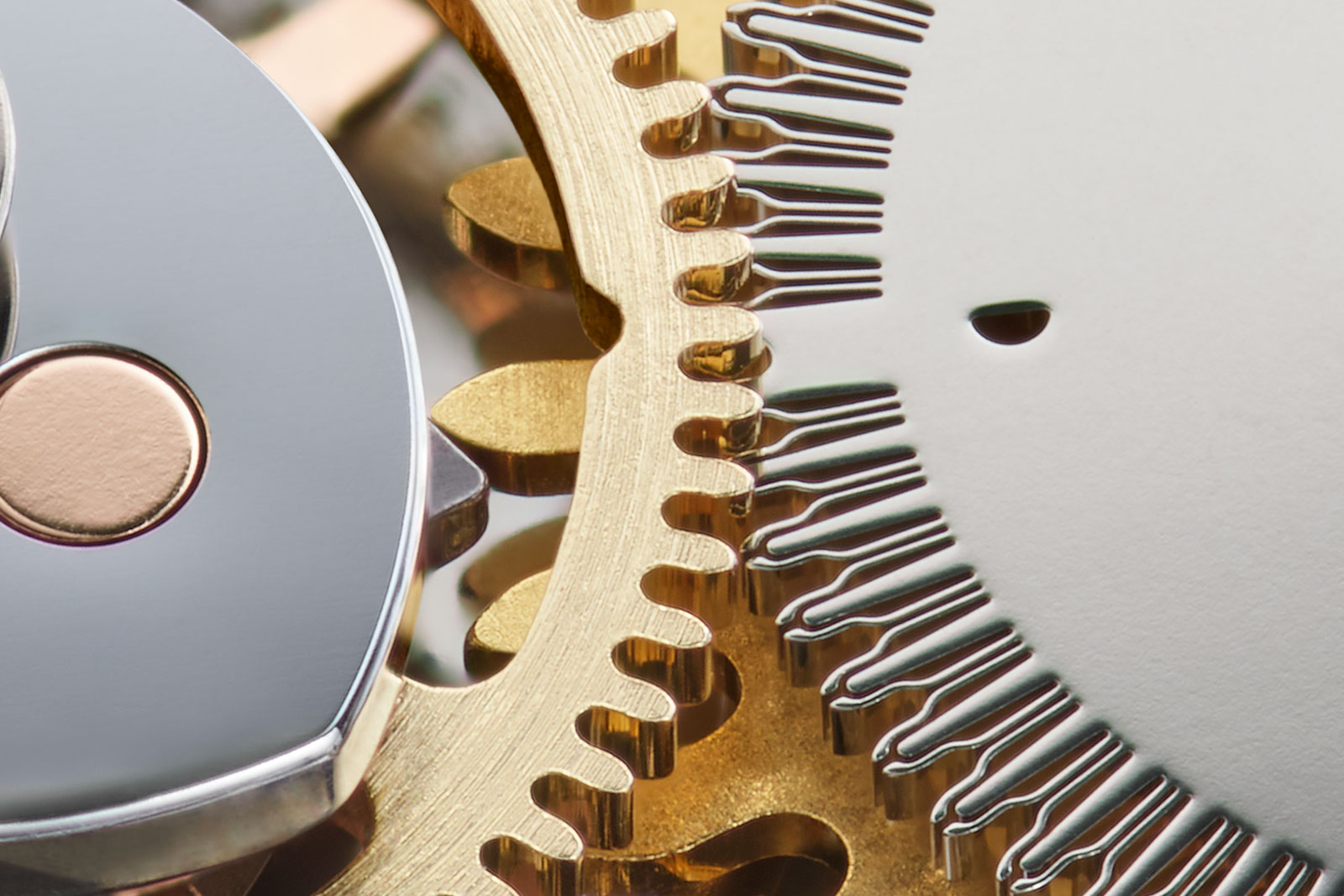
The self-tensioning meshing between a conventional and a LIGA gear
The Breitling B01 moreover choices such a LIGA half, notably an intermediate pinion. The B01 construction is rather like the cal. 1185 inside the sense that the centrally-mounted vertical clutch is geared to the going put together by the use of an intermediate pinion. It is that intermediate pinion that choices elastic toothing, economically eliminating every elements of gear backlash instantly. The pinion is tensioned relative to every the gear put together and the vertical clutch, which suggests motion is transmitted between the latter two practically with out play.
Once more to prime.






